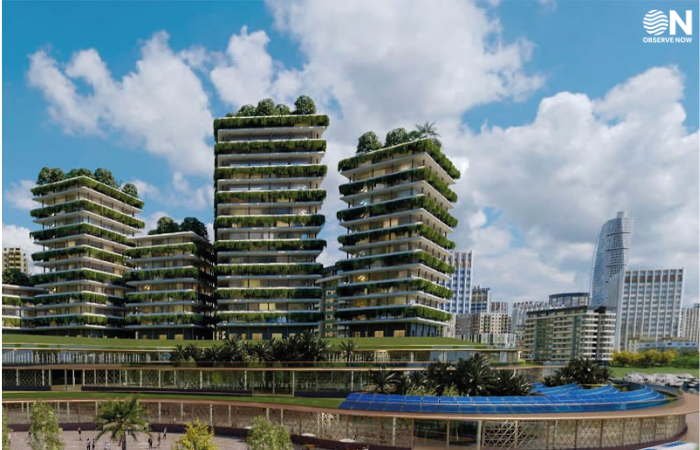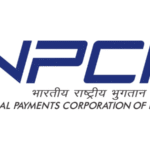Autodesk and Arup Partner to Revolutionize Sustainable Building Design

Autodesk, a leader in architecture, engineering, and construction software, has teamed up with global engineering consultancy Arup to shape the future of sustainable infrastructure. The collaboration brings together Autodesk’s digital design expertise and Arup’s engineering leadership to develop next-generation tools that streamline building design, reduce environmental impact, and support data-driven decision-making across project lifecycles.
At its core, the partnership centers around the integration of Building Information Modeling and generative design with Arup’s sustainability standards and performance evaluation capabilities. Autodesk’s popular Revit and AutoCAD platforms will be enhanced with advanced simulation capabilities that allow engineers to evaluate energy consumption, material efficiency, carbon footprint, and occupant comfort during the early stages of design. This integration aims to empower teams to optimize projects before construction begins and eliminate costly late-stage modifications.
One of the flagship outcomes of the alliance is a unified solution that merges Autodesk’s generative design engine with Arup’s performance analytics. Designers can now generate thousands of design alternatives based on predefined sustainability goals—such as minimizing embodied carbon or maximizing passive daylighting—and compare them through side-by-side environmental simulations. This allows architects and engineers to make informed, data-backed choices while preserving aesthetics, cost-effectiveness, and code compliance.
Arup, known for its work on landmark sustainable projects around the globe, will pilot the solution on high-profile initiatives, including upcoming smart-city developments and net-zero corporate campuses. The consulting firm will provide real-world feedback to Autodesk, helping refine user interfaces, environmental modeling accuracy, and reporting capabilities. Eventually, the enhanced toolkit will be made available to Autodesk’s wider customer base—encompassing architectural firms, construction companies, and real estate developers.
Both companies are also investing in AI-powered automation and outcome-driven reporting. AI agents within Autodesk’s platform will continuously monitor design data, flagging energy inefficiencies or material overuse and suggesting targeted refinements. Meanwhile, automated sustainability scorecards will track project performance against benchmarks like LEED and WELL certification criteria.
Beyond design tools, Autodesk and Arup plan to offer training and support services that guide users in applying sustainable practices across diverse building types—schools, hospitals, commercial towers, and infrastructure systems. Virtual workshops and consulting packages will enable construction and engineering firms to harness these tools effectively and adopt sustainable workflows at scale.
Industry analysts see the partnership as a pivotal step for sustainable infrastructure. By embedding environmental intelligence directly into design platforms, the duo is lowering barriers for adopting green construction methods. As global building standards tighten and net-zero targets emerge across markets, this solution could help firms transition from traditional workflows to predictive, performance-driven practices.
The partnership also aligns with Autodesk’s broader sustainability ambitions. The company has pledged to be net-zero in its operations by 2030 and is working to help customers decarbonize the built environment which accounts for over one-third of global greenhouse emissions. Arup, too, has committed to sustainable engineering excellence and has already achieved carbon-neutral operations in many of its offices.
This collaboration promises to reshape how buildings are designed and operated—turning sustainability into a front-and-center design parameter rather than an afterthought. By fusing digital efficiency with environmental insight, Autodesk and Arup aim to support a future where high-performance, low-carbon buildings and communities become the norm.
















